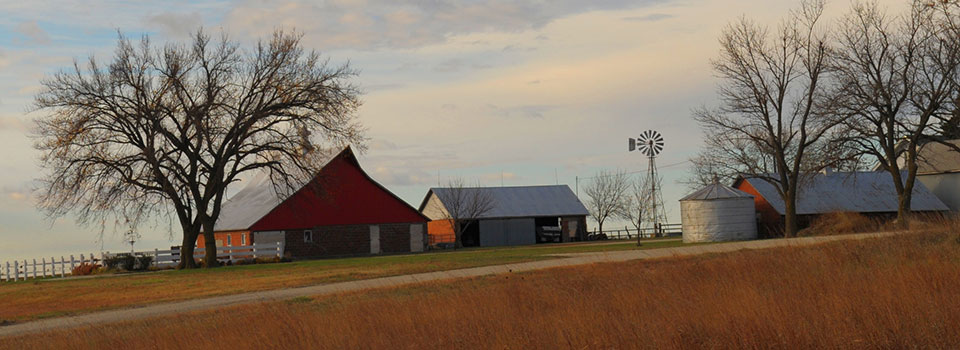There are fewer than 2 million farms in the United States according to the USDA Census of Agriculture released last month, down from a peak of just under 7 million in the early 1930s. Any agricultural enterprise with at least $1,000 in sales was counted as a farm, which excludes the family vegetable garden.The census, which began in 1840 and has been conducted every five years since 1920, is the best source of comprehensive and impartial information about the state of agriculture down to the county level available. The trends it reveals, like fewer farms, older farmers and less farmland are not necessarily new, but it will inform decisions for a variety of stakeholders ranging from farmers and ranchers to private companies and cooperatives.The census showed Kansas followed the national trend with 55,734 farms, down almost 3,000 from the last count in 2017 and the lowest total in 25 years. The average size was 804 acres, up 25 acres from five years ago. That total would be higher, but all land devoted to farming fell by nearly 1 million acres to 44,784,702 acres.Less than a third of farms had sales of $100,000 or more in 2022. The vast majority of Kansas farms are owned by an individual, family or through a partnership. Just under 7 percent of farms are corporations, most of which are still family owned enterprises.While the number of farms shrank, the number of farmers topped 100,000, with more than a third of that total being women. The average age of a Kansas farmer increased slightly to 58.2 years (0.2 above the national average), but the number of farmers 34 and younger grew by more than 1,100 to 9,700.It just so happens 2022 was a good year for farmers on the revenue side, with Kansas producers earning just under $24 billion. Livestock accounted for $15.5 billion of the total sales with crops adding $8.4 billion. The expense side of the ledger tallied $21.5 billion, leaving a gross profit of about $2.5 billion, or less than $45,000 per farm. It helps put in perspective how thin the margins are in farming, especially when the average acre costs $2,324 and the average farm has more than $200,000 worth of machinery and equipment.Taken as a whole, the census shows there are challenges and opportunities in agriculture. The job has never been easy, but small and medium farms are the most strained in today’s current environment. It says something about the nature of farmers and ranchers that their ranks are growing. Though it’s a tough way to make a living, farming and ranching does provide an appealing lifestyle.What we should all keep in mind with the census is it’s not the counting of farms that matters, rather how we can best use the information to support the people working the fields. Remember the ones who count every time you eat.
_ _ _“Insight” is a weekly column published by Kansas Farm Bureau, the state’s largest farm organization whose mission is to strengthen agriculture and the lives of Kansans through advocacy, education and service.



